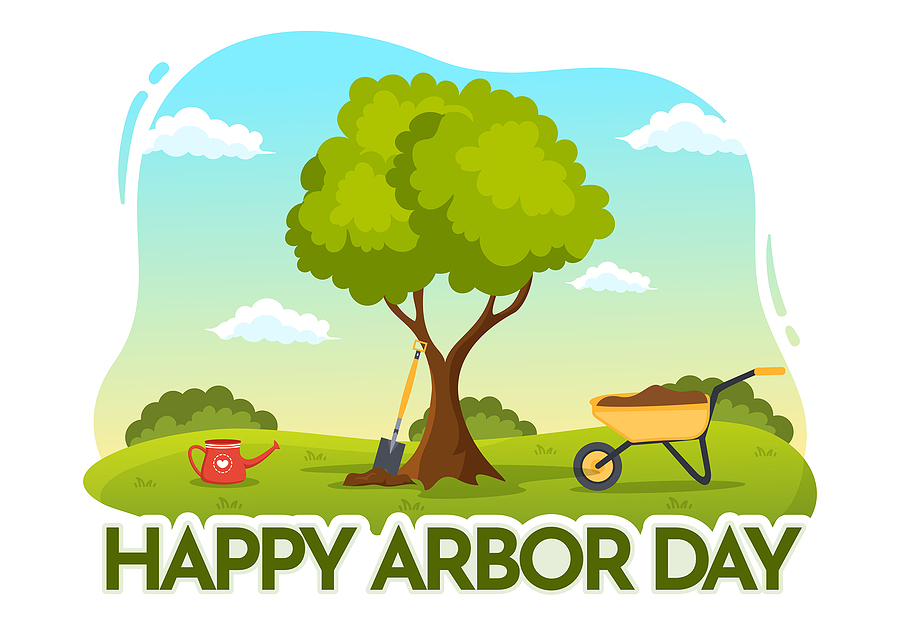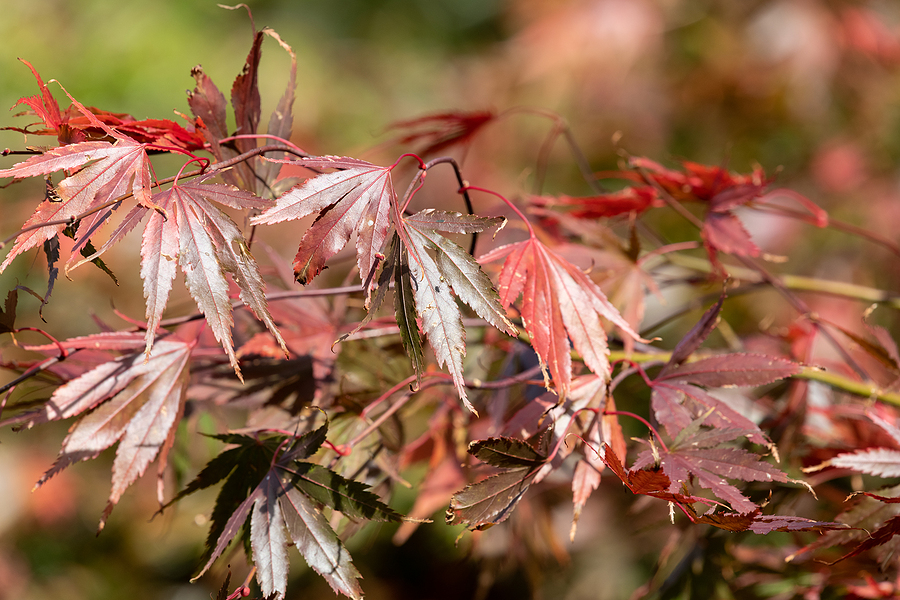Today is Arbor Day! Every year on the last Friday of April, people around the world come together to celebrate this amazing occurrence. It’s a day dedicated to tree planting and tree care, as well as raising awareness about the importance of trees in our lives. Planting trees on Arbor Day is an excellent way to help ensure that future generations will be able to enjoy a healthy planet with plenty of clean air and fresh water. There are many benefits associated with planting trees on this special day, some of which may surprise you.
Continue reading to learn some of the most important ones!

The History of Arbor Day
Filled with significance and cultural value, Arbor Day holds a prominent place in the history books. Since its inception centuries ago, steps have been taken to promote the protection of trees and woodlands through various activities such as planting species and conducting trainings. It has also been a ways to foster appreciation for forests and biodiversity, while also inspiring members of a community to work together in achieve common goals. What followed was a truly visceral connection that people had towards nature; one which showed them how varied land biomes connect us in many meaningful ways previously not thought-of.
Honoring this day encourages us to create balanced interactions between humankind and the environment around us in the present day. Ultimately, it promotes looking both backward and forward in time when recognizing our commitments to deforested lands so that future generations will be able to fairly experience their potentials.
Why You Should Plant a Tree on Arbor Day Each Year:
Reduces Air Pollution
Trees help reduce air pollution by capturing carbon dioxide and other pollutants from the atmosphere, which helps lower ground-level ozone concentrations. This can lead to improved health outcomes for those living in polluted areas.
Reduces Soil Erosion
Planting trees also helps reduce soil erosion, which is important for maintaining water quality and protecting aquatic ecosystems. These bodies of water sustain important wildlife and serve as the foundation for our many waterways. Trees also absorb harmful emissions from the air, purifying our environment and creating cleaner living conditions. Ultimately, planting trees is integral in safeguarding our society now and into the future.
Provides Habitats
Trees provide food and shelter for wildlife, so planting more of them on Arbor Day can help create habitats for birds and other animals who rely on trees to survive. Planting more trees on this special day is the perfect way to register our commitment towards looking after the environment, with potential long lasting rewards for future generations of creatures who will call these same trees their home in the years to come.
Creates Shade
Shade from trees can help cool down buildings and other structures, reducing the need for electricity-powered cooling systems during hot summer months. The shade provided by trees also makes outdoor spaces more comfortable as well as providing people with much needed respite from the sun.
Adds Beauty and Ambience
Trees can help provide natural beauty and habitat for humans, too! Planting trees can create green spaces where people can relax and enjoy nature’s beauty without having to leave their neighborhoods. Not only do they look great close up or from a window, but trees can become spaces where locals come together and have meaningful conversations, connecting over nature’s calming presence. People thrive surrounded by play spaces for children and grownups alike, nice pathways for jogging, biking or simply taking a walk.
Protects Our Forests
Finally, planting more trees on Arbor Day helps protect our forests and other ecosystems by adding biodiversity to them, which is important for future generations. They provide not only much needed sources of physical materials like wood, but the benefits to our climate and environment surpass this debris resource providing increased opportunities for evolution to flourish in environments with compressed resources. We depend upon nature’s evolution as she replenishes herself over time; therefore, adding species to local surroundings foster sustainable forests meant to last well into the future generations’ plans.
Conclusion
So, this Arbor Day take some time out of your day to plant a tree or two. Doing so will benefit everyone in the long run! Whether you decide to volunteer with an organization or team up with friends and family, make sure that you get involved in celebrating Arbor Day this year!
Are you looking for professional tree care near Indy? Contact Timberland Tree Care at 317-348-0811 for licensed and insured seasonal tree service in Indianapolis, Indiana. We provide residential and commercial tree care solutions at economical prices.
Related Posts:
Environmental Threats That Will Kill Your Landscaping Trees
The Impact of Climate Change on Tree Health
Learn the Basic Anatomy of a Tree

